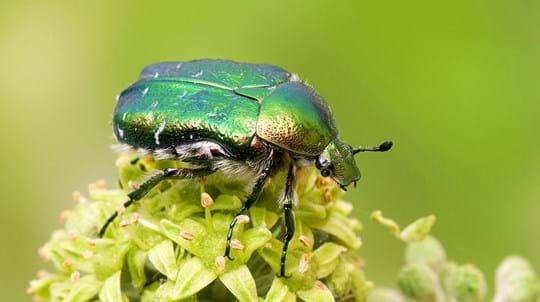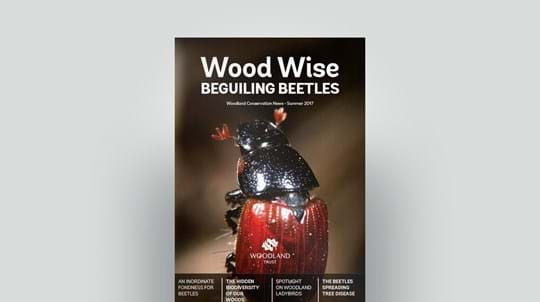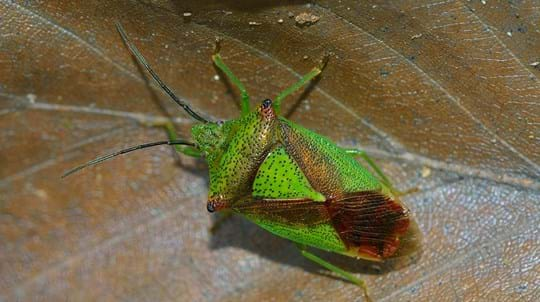
Credit: FLPA / Alamy Stock Photo
How do glow-worms breed?
Females use their bioluminescence to attract mates. Adults only live for a few weeks to breed and die soon after. Females can lay up to 100 eggs which are laid on the ground. The hatched larvae feed and grow for about two years before fully maturing.









